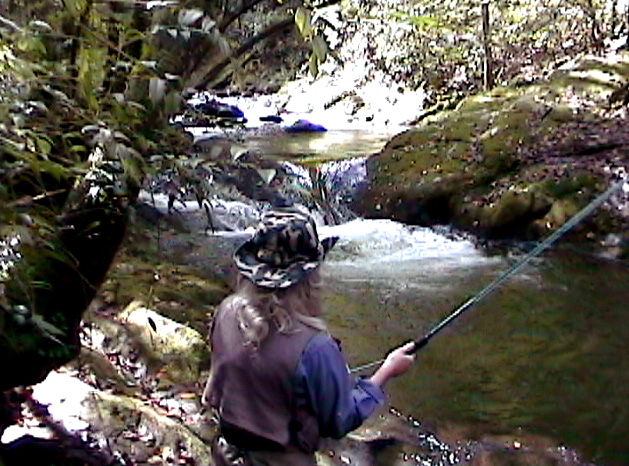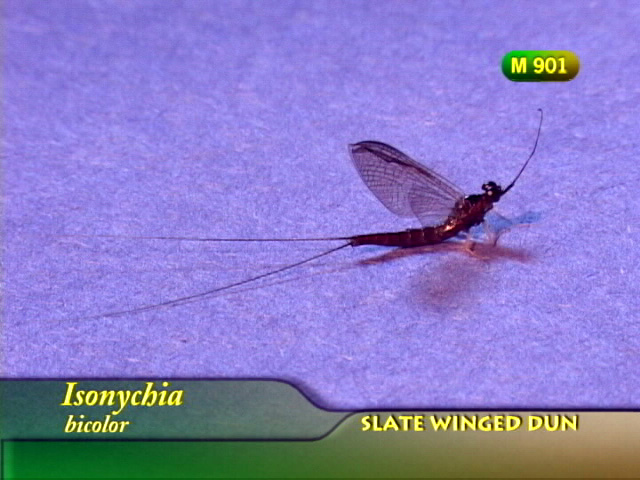
Slate Drakes:
The spinners are the important
part of the adult stage of life of
these mayflies.
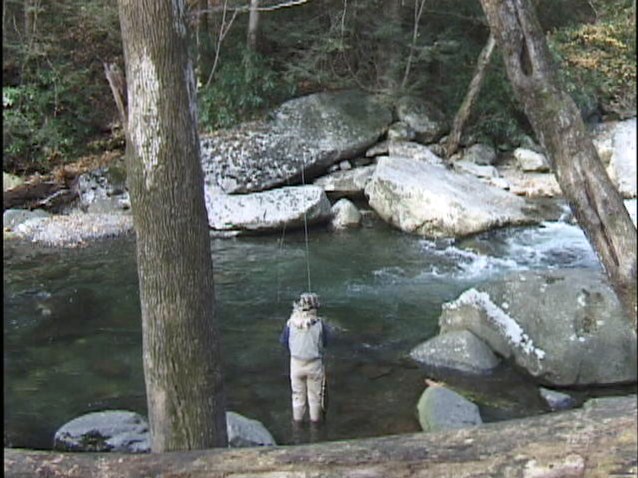
River:
A large pool just above the
Chimney Picnic area
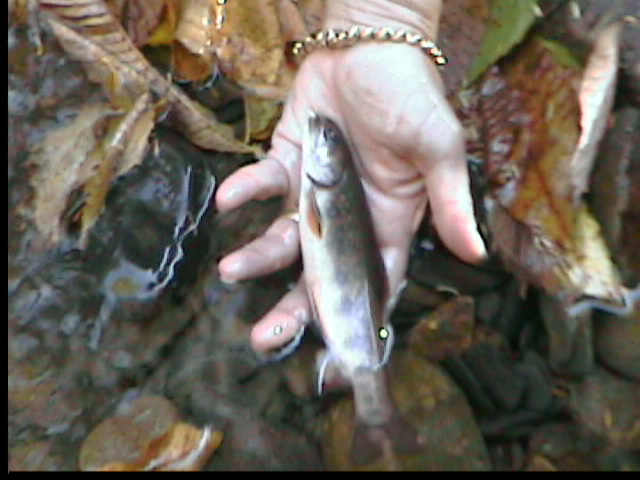
beautiful time to be fishing and
the weather is normally nice.
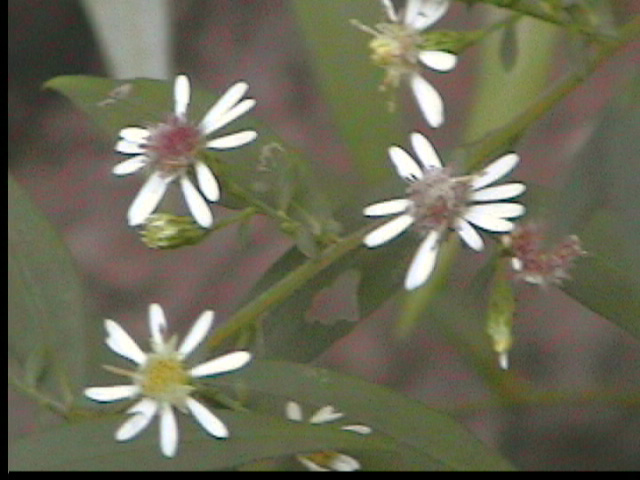
Fall. They will probably be some
you will not have seen prior to
fishing the park.
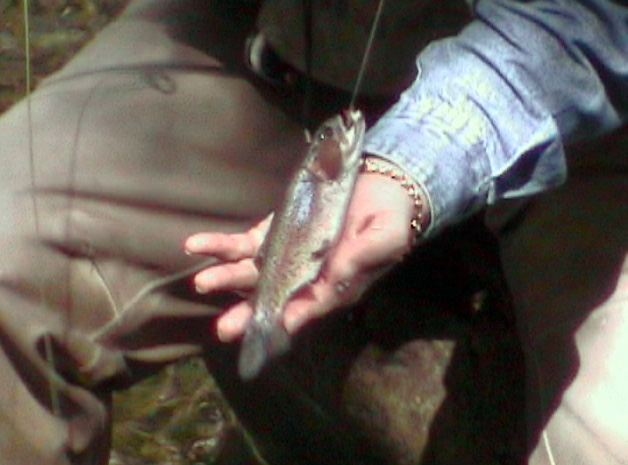
of the highly oxygenated warm
summer water to go just
about anywhere they please.
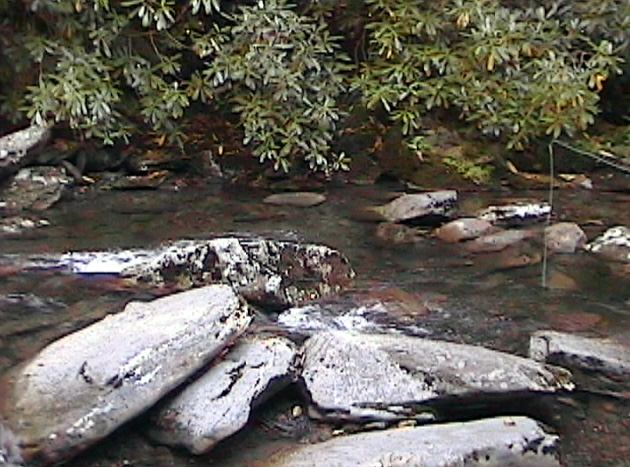
low because of the lack of
rainflall.
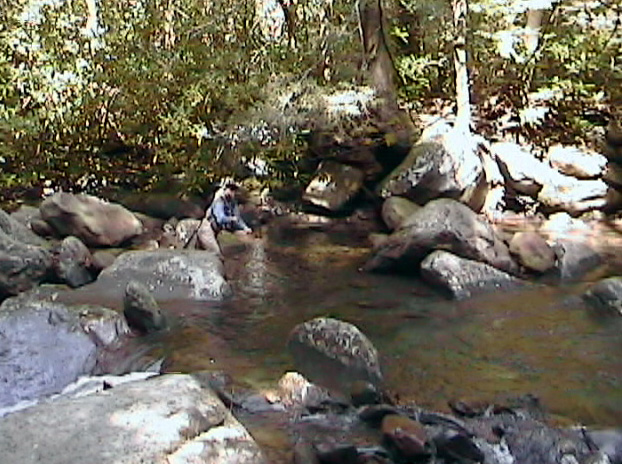
more important.
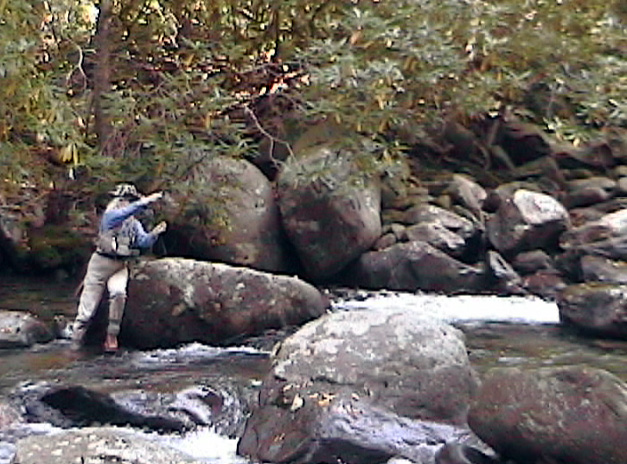
perfect hiding place
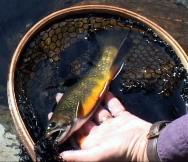
Fly fishing in the Great Smoky Mountains National Park is great during all four seasons of the year. There are differences in the methods, strategies and techniques you should use throughout the year depending on the environmental conditions. The temperature and oxygen content of the water can drastically affect how often and much trout feed. It’s important to understand their underwater world.
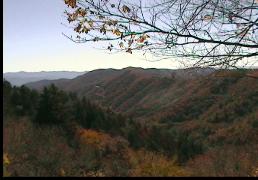
The number of visitors to the park increases tremendously and the roads and trails in the park can become a little crowded.
Fall (autumn) is our favorite time of the year. The leafs change colors and make the forest beautiful. Later they will start falling. In most places that trout live Fall gives anglers a sense of rush or a sense that they need to get in all the fishing they can before wintertime. In the Smokies, Winter can still provide some good fly-fishing so no one really gets the same feeling that anglers do in Michigan or Montana, for example. This is the big difference in fly fishing the Smokies and fly fishing most any other part of the U.S. You can fish year-round and the fall season can bring about an improvement over the summer months in some angler’s minds.
Weather:
One thing noticeable is that the biting insects are gone. The weather will begin to cool down some and there’s normally less rainfall than there are during the Summer. Daytime temperatures can range from hot in the early Fall to cold during the mid and late fall months. Temperatures can go as low as the teens and twenties. Snow will usually fall in the high elevations during the month of October.
Water Levels:
The water is usually low due to the lack of rainfall. That also means it will be moving a little slower and clearer. Fall normally provides the lowest water levels of the year. Under these conditions of low, clear water, your shadow can spook fish that are several yards away. You must use longer leaders and lighter tippets than you are use to using.
Water Temperatures:
Water Temperatures will vary from warm to cold just like the air temps. Early Fall can have air temps in the nineties and mid to late Fall can have freezing weather. This means the water temperatures can vary from the high sixties and even low seventies in the low elevations to the low forties, even high thirties in the late Fall. Melting snow can make the water cold in the lower elevation even when the air temperatures are actually warm. A thermometer is a must item to have. It will give you an idea of how active the cold-blooded trout are and help you establish their location in the streams.
Leaves:
Leaves in water bothers some anglers. It bothers most of them more from a mental standpoint that an actual fishing standpoint. The leaves are only thick and aggravating for a very few days, usually just two or three days, and almost never over a week. There may be a few on the water for a few weeks but not enough to affect your drift very much. After the leaves are ready to fall, a very windy day usually brings most of the leaves to the ground. Leaves can be aggravating during windy days.
A few leaves on the water can actually help disguise the angler and distract the fish. They trout certainly don’t have a problem selecting your dry fly from the debris and floating leaves.
One quick tip is to avoid stepping on leaves when you are wading. What appears to be a few leaves on the bottom of the stream may in fact be a pile of them a few feet deep. You can step on them and go down fast in just the right or I should say wrong, position.
Spawning Trout:
Brook trout spawn in the Fall. They change colors just like the leaves. It’s amazing how much they resemble the leaves when they change to their spawning colors. Brown trout also spawn in the Fall. They usually move upstream and can easily be spotted during this migration. This is a good time to catch large browns because they loose their normal caution and nocturnal habit of staying hidden during the day. Their habit of only feeding during low light conditions and at nighttime doesn’t play the role it does during the rest of the year.
The brown trout should not be caught during the actual spawning process. There’s a fine line between catching spawning trout and catching pre-spaw trout. You should be able to determine if the fish are holding their position on a redd or migrating upstream. The males are usually the most aggressive. They will attack a streamer thinking it’s an invading fish. You may also damage the redds during this time by stepping on them when you are wading.
It’s not against the park regulations and rules to fish for a trout while it’s spawning. It is illegal to use certain methods of fishing for them such as trying to snag them. To catch one while it’s on its redd or protecting the redd is in our opinion an unsportsmanlike thing to do. We hope you will avoid this type of fishing.
Hatches:
This is the final round of hatches for most aquatic insects. Food will grow scarce after this.
Great Brown Autumn Sedges:
The Pycnopsyche genus of caddisflies are found throughout the Smokies. These are large tan, yellowish brown or cinnamon colored caddisflies. There are several species of them. They mostly emerge and deposit their eggs during the evenings but can provide some activity at dawn or just before dark. These are large flies that are mostly a hook size 10.
Slate Drakes:
The Isony bicolor or Slate Drake brings on a second wave of hatches for the year. Remember these mayflies hatch out of the water and the duns are not an important stage of life to imitate. The nymphs and spinners are. These are a hook size 10 to 12.
Eastern Blue-winged Olives:
The Eastern BWOs are about gone. There could be a hatch of one of the species early in the Fall but it would be sparse and few insects would be on the water. If available, they are a hook size 16 or 18.
The Little Eastern BWOs should also be about gone.
Blue-winged Olives:
Some baetis species but also several others like the Acentrella species will hatch in sparse numbers and in certain areas of some streams. The baetis are usually on their second go around, or the second part of their bi-brooded year. These mayflies are all in the Baetidae family but not all in the Baetis genus. They vary in color like the leaves – greens, olives, browns, auburn and yellow. They all have gray wings. Hooks sizes can range from an 18 to 22, depending on the species.
Little Blue-winged Olives:
There will also be hatches of Little Blue-winged olives. The spinners of these mayflies molt in colors varying from the clear body of the Jenny spinners to the familiar rusty spinner color. These mayflies vary in hooks sizes from a 20 to a 26.
Little Yellow Quills – Heptagenia Group:
Bright yellow mayflies usually called Yellow Quills, hatch in September and October. These are especially plentiful in the high elevation streams or in the brook trout waters. Many anglers think these mayflies are a Light Cahill but they are not Stenacron interpuntatums. They are one of the species of mayflies included in the Heptagenia Group. They are clinger nymphs. Both the emergence and spinner fall are important stages to imitate. These are hook sizes 16.
Light Cahills:
It is possible there may be a few Light Cahills, or Stenacron interpuntatum species, that hatch in the early part of the fall months.
Cream Cahills:
It’s also possible that you may encounter some hatches of the Cream Cahills in the early Fall.
The Needle Stonefly:
The little Needle Stoneflies, or the Leuctridae species, are very plentiful in the fall months. Most anglers think they are brown caddisfies. These are very small, slim stoneflies that are imitated with a hook size 18 fly. The nymphs and adults are important stages to imitate.
Yellow Sallys:
Perlodidae family species, not the same as in the Spring, will hatch in the early part of the fall season. These are called Yellow Sallies by many anglers. They hatch throughout the afternoon and deposit their eggs from dusk to late evening.
Midges:
Midges hatch year-round but become more important in the late fall months because they may be the only thing hatching. They are not profuse hatches like they are in tailwaters and spring creeks, but they exist in plentiful amounts in isolated locations and to some extent in all of the steams.
Grasshoppers:
Grasshoppers will still be around until late fall or cold weather sets in. Imitations can be productive, especially during the early part of Fall.
Ants:
Ants will also be around until freezing temperature come around. They may be important In the early part of the Fall.
Beetles:
Beetles can be found up until the ground freezes. Imitations of them may be effective during the early part of the fall season.
Summary:
When others are hunting and watching football games, in the Smokies, the trout are often taking dry flies.
Copyright 2011 James Marsh
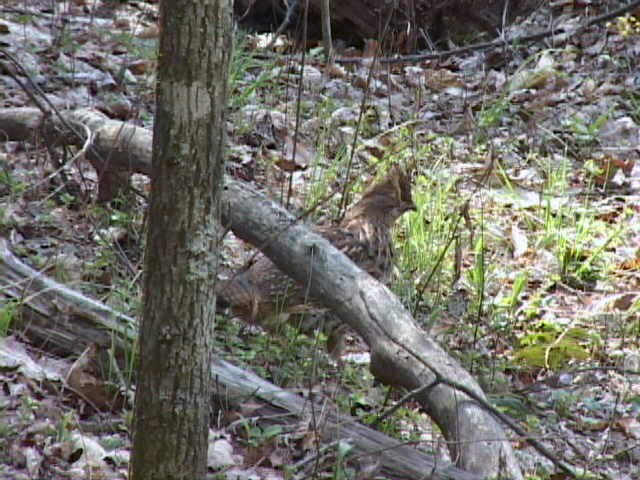
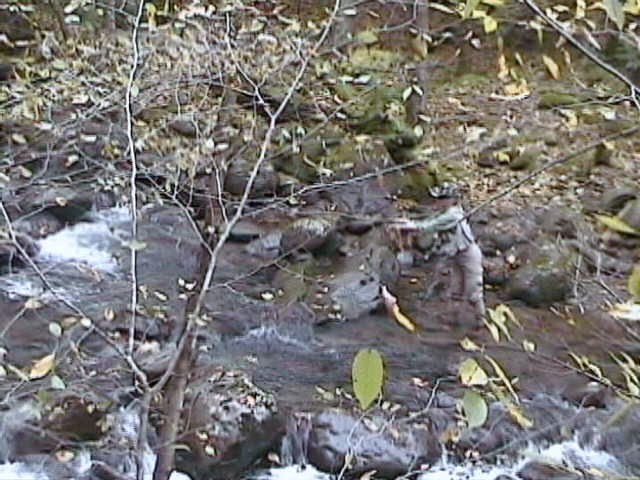
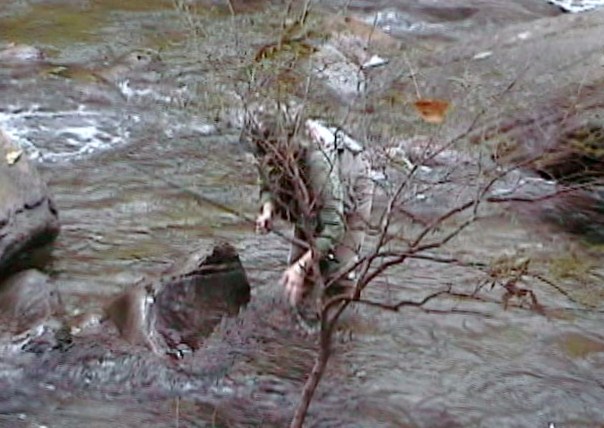
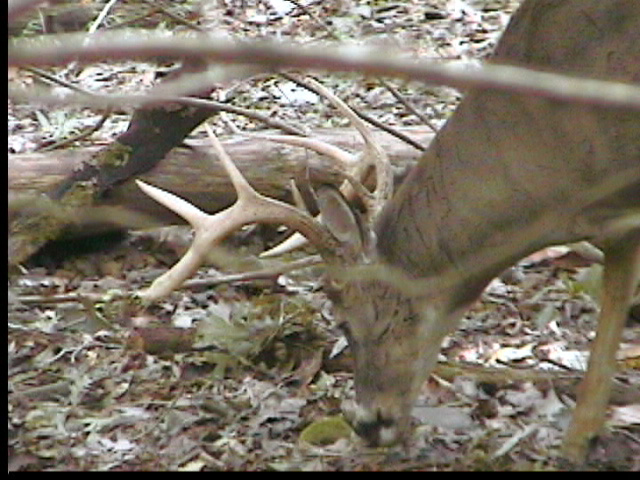
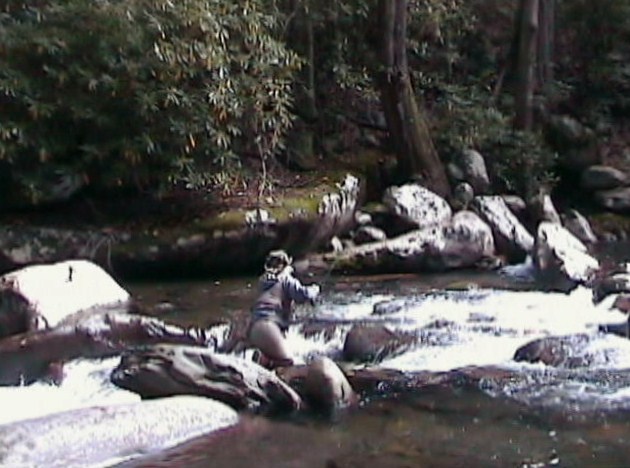
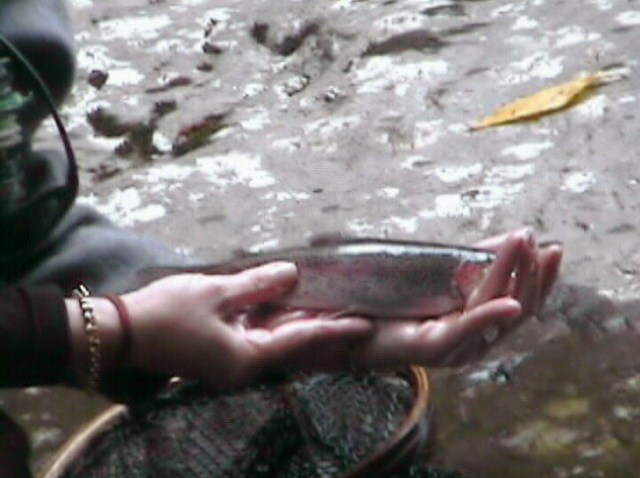
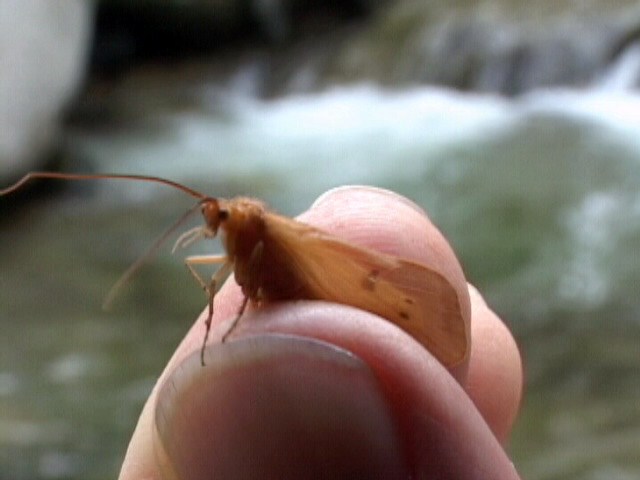
larger size caddisfly that hatches in the Fall.
